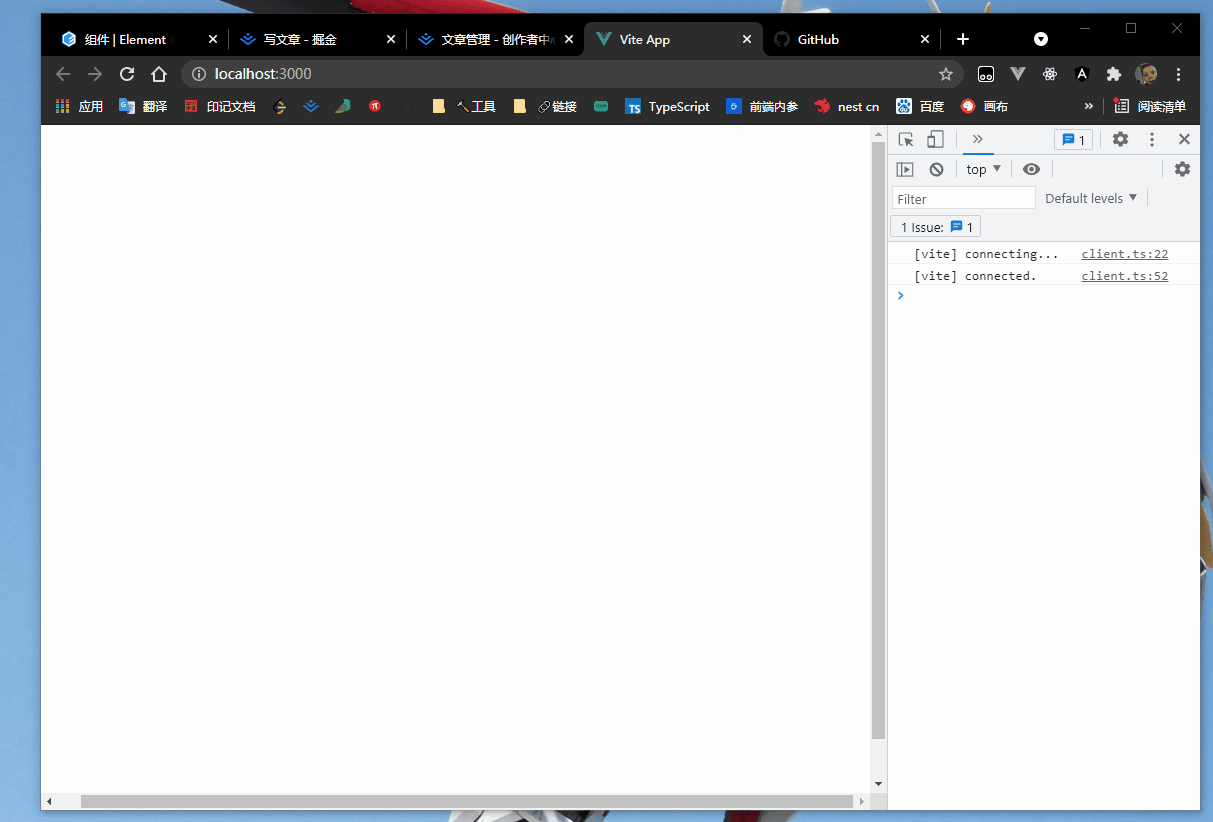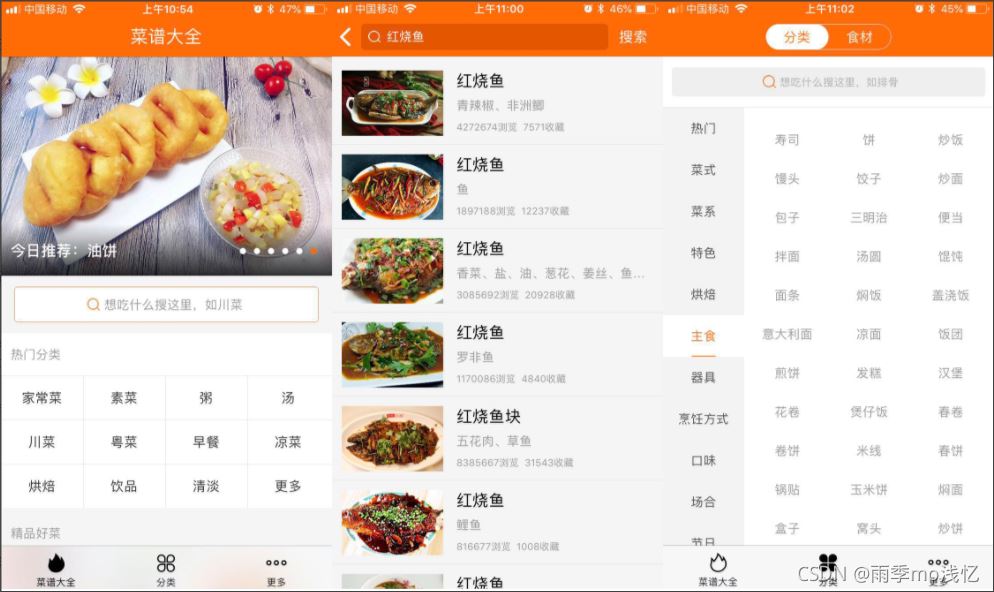目录
- 前言
- 认识
- 实践出真知
前言
在 wabpack 中核心功能除了 loader 应该就是 plugins 插件了,它是在webpack执行过程中会广播一系列事件,plugin 会监听这些事件并通过 webpack Api 对输出文件做对应的处理, 如 hmlt-webpack-plugin 就是对模板魔剑 index.html 进行拷贝到 dist 目录的
认识
先来通过源码来认识一下 plugins 的基本结构
https://github.com/webpack/webpack/blob/webpack-4/lib/Compiler.js 551行
// 创建一个编译器
createChildCompiler(
compilation,
compilerName,
compilerIndex,
outputOptions,
plugins // 里边就有包含插件
) {
// new 一个 编译器
const childCompiler = new Compiler(this.context);
// 寻找存在的所有 plugins 插件
if (Array.isArray(plugins)) {
for (const plugin of plugins) {
// 如果存在, 就调用 plugin 的 apply 方法
plugin.apply(childCompiler);
}
}
// 遍历寻找 plugin 对应的 hooks
for (const name in this.hooks) {
if (
![
"make",
"compile",
"emit",
"afterEmit",
"invalid",
"done",
"thisCompilation"
].includes(name)
) {
// 找到对应的 hooks 并调用,
if (childCompiler.hooks[name]) {
childCompiler.hooks[name].taps = this.hooks[name].taps.slice();
}
}
}
// .... 省略 ....
return childCompiler;
}
通过上述源码可以看出来 plugin 本质就是一个类, 首先就是 new 一个 compiler 类,传入当前的上下文,然后判断是否存在,存在则直接调用对应 plugin 的 apply 方法,然后再找到对应 plugin 调用的 hooks 事件流 , 发射给对应 hooks 事件
hooks 哪里来的 ?
https://github.com/webpack/webpack/blob/webpack-4/lib/Compiler.js 42行
// 上述的 Compiler 类继承自 Tapable 类,而 Tapable 就定义了这些 hooks 事件流
class Compiler extends Tapable {
constructor(context) {
super();
this.hooks = {
/** @type {SyncBailHook<Compilation>} */
shouldEmit: new SyncBailHook(["compilation"]),
/** @type {AsyncSeriesHook<Stats>} */
done: new AsyncSeriesHook(["stats"]),
/** @type {AsyncSeriesHook<>} */
additionalPass: new AsyncSeriesHook([]),
/** @type {AsyncSeriesHook<Compiler>} */
beforeRun: new AsyncSeriesHook(["compiler"]),
/** @type {AsyncSeriesHook<Compiler>} */
run: new AsyncSeriesHook(["compiler"]),
/** @type {AsyncSeriesHook<Compilation>} */
emit: new AsyncSeriesHook(["compilation"]),
/** @type {AsyncSeriesHook<string, Buffer>} */
assetEmitted: new AsyncSeriesHook(["file", "content"]),
/** @type {AsyncSeriesHook<Compilation>} */
afterEmit: new AsyncSeriesHook(["compilation"]),
/** @type {SyncHook<Compilation, CompilationParams>} */
thisCompilation: new SyncHook(["compilation", "params"]),
/** @type {SyncHook<Compilation, CompilationParams>} */
compilation: new SyncHook(["compilation", "params"]),
/** @type {SyncHook<NormalModuleFactory>} */
normalModuleFactory: new SyncHook(["normalModuleFactory"]),
/** @type {SyncHook<ContextModuleFactory>} */
contextModuleFactory: new SyncHook(["contextModulefactory"]),
/** @type {AsyncSeriesHook<CompilationParams>} */
beforeCompile: new AsyncSeriesHook(["params"]),
/** @type {SyncHook<CompilationParams>} */
compile: new SyncHook(["params"]),
/** @type {AsyncParallelHook<Compilation>} */
make: new AsyncParallelHook(["compilation"]),
/** @type {AsyncSeriesHook<Compilation>} */
afterCompile: new AsyncSeriesHook(["compilation"]),
/** @type {AsyncSeriesHook<Compiler>} */
watchRun: new AsyncSeriesHook(["compiler"]),
/** @type {SyncHook<Error>} */
failed: new SyncHook(["error"]),
/** @type {SyncHook<string, string>} */
invalid: new SyncHook(["filename", "changeTime"]),
/** @type {SyncHook} */
watchClose: new SyncHook([]),
/** @type {SyncBailHook<string, string, any[]>} */
infrastructureLog: new SyncBailHook(["origin", "type", "args"]),
// TODO the following hooks are weirdly located here
// TODO move them for webpack 5
/** @type {SyncHook} */
environment: new SyncHook([]),
/** @type {SyncHook} */
afterEnvironment: new SyncHook([]),
/** @type {SyncHook<Compiler>} */
afterPlugins: new SyncHook(["compiler"]),
/** @type {SyncHook<Compiler>} */
afterResolvers: new SyncHook(["compiler"]),
/** @type {SyncBailHook<string, Entry>} */
entryOption: new SyncBailHook(["context", "entry"])
};
// TODO webpack 5 remove this
this.hooks.infrastructurelog = this.hooks.infrastructureLog;
// 通过 tab 调用对应的 comiler 编译器,并传入一个回调函数
this._pluginCompat.tap("Compiler", options => {
switch (options.name) {
case "additional-pass":
case "before-run":
case "run":
case "emit":
case "after-emit":
case "before-compile":
case "make":
case "after-compile":
case "watch-run":
options.async = true;
break;
}
});
// 下方省略 ......
}
好了,了解过基本的结构之后,就可以推理出 plugin 基本的结构和用法了,就是下边这样
// 定义一个 plugins 类
class MyPlugins {
// 上边有说 new 一个编译器实例,会执行实例的 apply 方法,传入对应的 comiler 实例
apply (compiler) {
// 调用 new 出来 compiler 实例下的 hooks 事件流,通过 tab 触发,并接收一个回调函数
compiler.hooks.done.tap('一般为插件昵称', (默认接收参数) => {
console.log('进入执行体');
})
}
}
// 导出
module.exports = MyPlugins
ok, 以上就是一个简单的 模板 ,我们来试试内部的钩子函数,是否会如愿以偿的被调用和触发
配置 webpack
let path = require('path')
let DonePlugin = require('./plugins/DonePlugins')
let AsyncPlugins = require('./plugins/AsyncPlugins')
module.exports = {
mode: 'development',
entry: './src/index.js',
output: {
filename: 'build.js',
path: path.resolve(__dirname, 'dist')
},
plugins: [
new DonePlugin(), // 内部同步 hooks
new AsyncPlugins() // 内部异步 hooks
]
}
同步 plugin 插件模拟调用
class DonePlugins {
apply (compiler) {
compiler.hooks.done.tap('DonePlugin', (stats) => {
console.log('执行: 编译完成');
})
}
}
module.exports = DonePlugins
异步 plugin 插件模拟调用
class AsyncPlugins {
apply (compiler) {
compiler.hooks.emit.tapAsync('AsyncPlugin', (complete, callback) => {
setTimeout(() => {
console.log('执行:文件发射出来');
callback()
}, 1000)
})
}
}
module.exports = AsyncPlugins
最后编译 webpack 可以看到编译控制台,分别打印 执行: 编译完成,执行:文件发射出来,说明这样是可以调用到 hooks 事件流的,并且可以触发。
实践出真知
了解过基本结构和使用的方式了,现在来手写一个 plugin 插件,嗯,就来一个文件说明插件吧,我们日常打包,可以打包一个 xxx.md 文件到 dist 目录,来做一个打包说明,就来是实现这么一个小功能
文件说明插件
class FileListPlugin {
// 初始化,获取文件的名称
constructor ({filename}) {
this.filename = filename
}
// 同样的模板形式,定义 apply 方法
apply (compiler) {
compiler.hooks.emit.tap('FileListPlugin', (compilation) => {
// assets 静态资源,可以打印出 compilation 参数,还有很多方法和属性
let assets = compilation.assets;
// 定义输出文档结构
let content = `## 文件名 资源大小\r\n`
// 遍历静态资源,动态组合输出内容
Object.entries(assets).forEach(([filename, stateObj]) => {
content += `- ${filename} ${stateObj.size()}\r\n`
})
// 输出资源对象
assets[this.filename] = {
source () {
return content;
},
size () {
return content.length
}
}
})
}
}
// 导出
module.exports = FileListPlugin
webpack 配置
let path = require('path')
let HtmlWebpackPlugin = require('html-webpack-plugin')
// plugins 目录与node_modules 同级, 自定义 plugins , 与 loader 类似
let FileListPlugin = require('./plugins/FileListPlugin')
module.exports = {
mode: 'development',
entry: './src/index.js',
output: {
filename: 'build.js',
path: path.resolve(__dirname, 'dist')
},
plugins: [
new HtmlWebpackPlugin({
template: './src/index.html',
filename: 'index.html'
}),
new FileListPlugin({
filename: 'list.md'
})
]
}
ok,通过以上配置,我们再打包的时候就可以看到,每次打包在 dist 目录就会出现一个 xxx.md 文件,而这个文件的内容就是我们上边的 content
到此这篇关于浅谈Webpack4 plugins 实现原理的文章就介绍到这了,更多相关Webpack4 plugins 内容请搜索NICE源码以前的文章或继续浏览下面的相关文章希望大家以后多多支持NICE源码!









